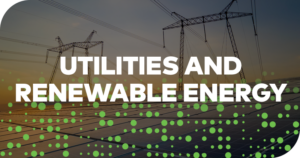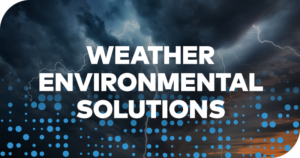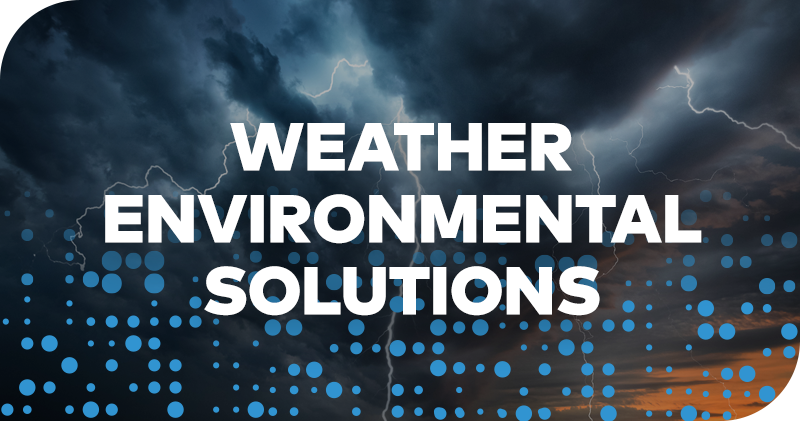While many may think of WDT as the parent company of WeatherOps forecasts or RadarScope, we are much more than that. We also work with all types of weather data using GIS, APIs, and more. Let’s take a look at the variety of images we can produce using data from the recent Tropical Storm Alberto.
Tag: Frontier
Will the Kilauea Eruption Impact Global Weather Patterns?
While Kilauea has been erupting continuously since 1983, the volcano has become more active in recent weeks, spewing both large quantities of lava on the northeastern flank of the volcano into some populated areas, and sending explosive bursts of ash into the atmosphere at the summit. So, will the volcanic activity there have any impact
El NiñO vs. La NiñA. You Need to Know the Difference and Here’s Why
For the past few years, there has been a lot of talk in the news about El Niño. Now, it’s time for the opposite pattern to appear: La Niña. The change it causes to Sea Surface Temperatures (SST) will influence our winter weather. While an El Niño is an anomalous warming of the central and eastern
What Causes Wind?
Perhaps one of the most noticeable aspects of the weather is the wind. It can be a welcome breeze or a hazardous gale, and changes can occur rapidly. So, what causes the wind? Wind is the result of differences in air pressure. It is produced in an attempt by the atmosphere to equalize pressure over
Which Cities Have the Best Weather?
The weather is moderating across most of the country at this time of year, and many areas are enjoying at least occasional pleasant weather days. So, we decided to take a look at which cities in the country have the most and fewest number of nice weather days per year. Everyone has their own idea
What is the Eastern Pacific Oscillation?
There are a number of atmospheric oscillations that are important drivers of week-to-week weather patterns across North America. The Arctic Oscillation (AO) and the North Atlantic Oscillation (NAO) often get the most attention, but one of the most important pattern oscillations for North America is the Eastern Pacific Oscillation or EPO. As the name implies,











 Comprehensive weather insights help safeguard your operations and drive confident decisions to make everyday mining operations as safe and efficient as possible.
Comprehensive weather insights help safeguard your operations and drive confident decisions to make everyday mining operations as safe and efficient as possible. Learn how to optimize operations with credible weather and environmental intelligence. From aviation safety to environmental compliance, our comprehensive suite of solutions delivers real-time insights, advanced forecasting, and precise monitoring capabilities.
Learn how to optimize operations with credible weather and environmental intelligence. From aviation safety to environmental compliance, our comprehensive suite of solutions delivers real-time insights, advanced forecasting, and precise monitoring capabilities.